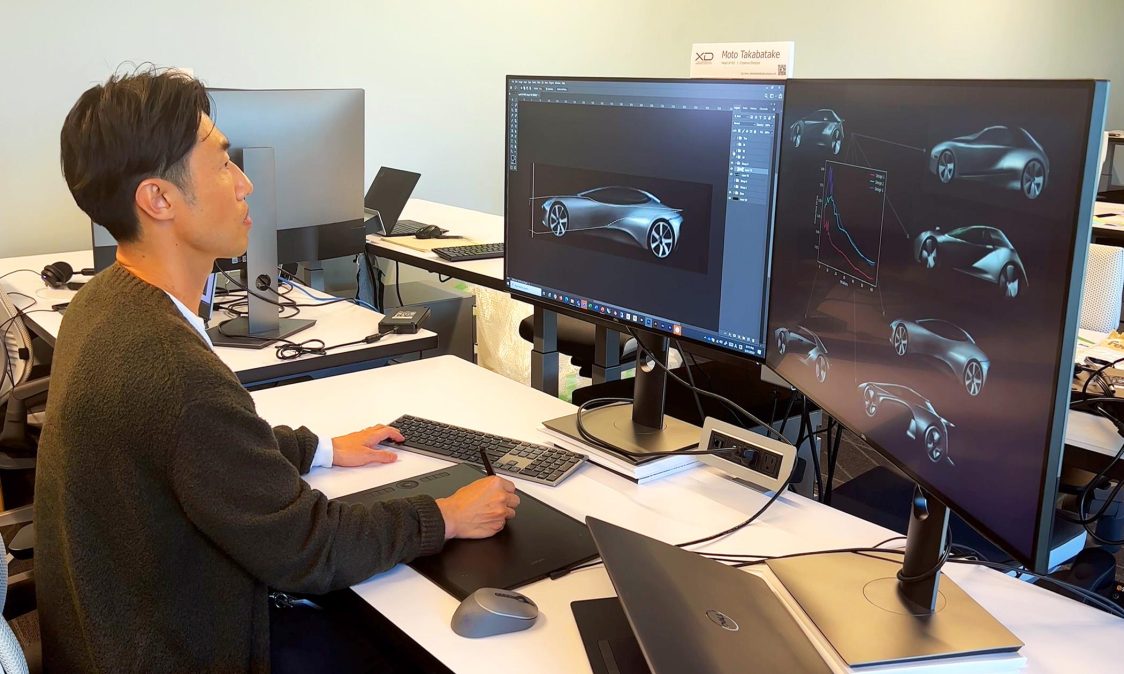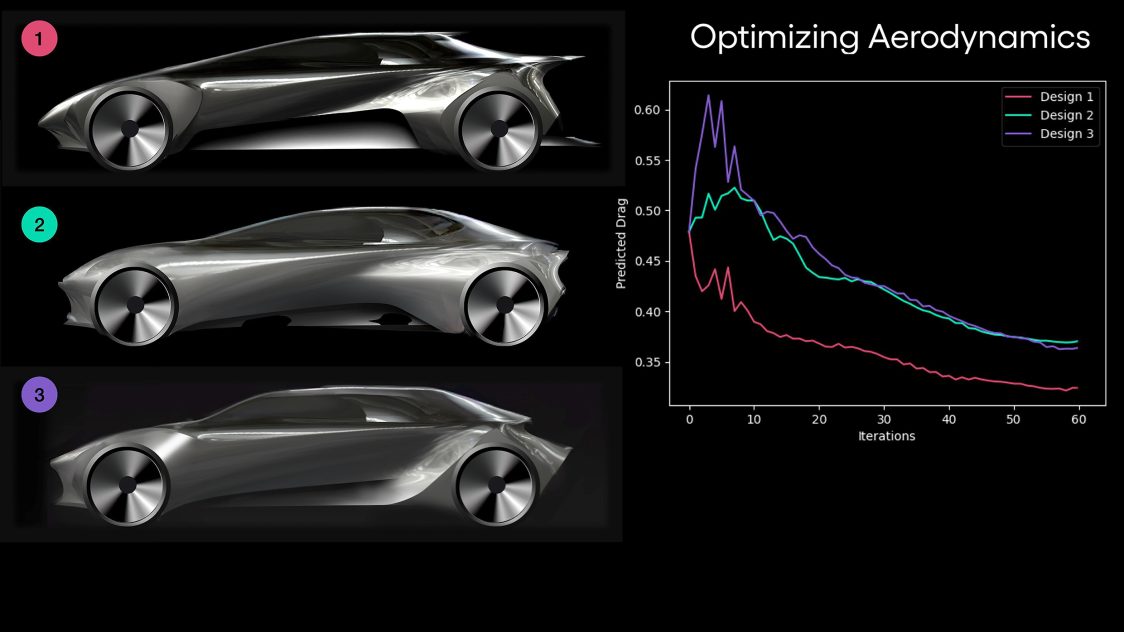Toyota Research Institute develops new AI technique with potential to help speed up vehicle design
At some point in the development of every new vehicle, the designer’s original inspiration has to be adapted to accommodate the necessities of engineering – the practicalities of performance, safety and everyday usability. Thanks to a new technique developed by Toyota Research Institute (TRI), designers may now integrate initial design sketches and engineering constraints into text-to-image generative artificial intelligence tools at an early stage in the creative process.
The new tool has the potential to reduce the number of iterations needed to reconcile design and engineering considerations. It could also help Toyota design electrified vehicles more quickly and efficiently. For example, by gaining an early insight into how to reduce the drag generated by a new design, aerodynamics can be optimised – a key factor in maximising the driving range potential of battery electric vehicles.
Avinash Balachandran, Director of TRI’s Human Interactive Driving (HID) Division, whose team worked on the technology, explained: Generative AI tools are often used as an inspiration for designers, but they cannot handle the complex engineering and safety considerations that go into actual car design. Our new technique combines Toyota’s traditional engineering strengths with the state-of-the-art capabilities of modern generative AI.”
TRI researchers have released two papers describing how the technique incorporates precise engineering constraints into the design process. For example, constraints such as drag (which affects fuel efficiency) and chassis dimensions such as ride height and cabin size (which affect handling, ergonomics and safety) can now be implicitly incorporated in the generative AI process. The team combined optimisation theory principles, used extensively for computer-aided engineering, with text-to-image-based generative AI. The resulting algorithm allows the designer to optimise engineering constraints while maintaining their text-based prompts to the generative AI process.
For example, a designer can request, using a text prompt, a suite of designs based on an initial prototype sketch with specific stylistic properties, such as “sleek,” SUV-like” and “modern” while also optimising a quantitative performance metric. In the TRI research paper, the team focused on aerodynamic drag; the approach can also optimise any other performance metrics or constraints inferred from a design image.
Charlene Wu, Senior Director of TRI’s Human-Centred AI (HCAI) Division, whose team collaborated on the project, described the project as “TRI harnessing the power of AI to amplify automobile designers and engineers”.
ENDS
Note to editors
Research papers providing more technical details on the new technique are available at: –
Interpreting and Improving Diffusion Models Using the Euclidean Distance Function, F. Permenter, C. Yuan, 2023.
Drag-guided diffusion models for vehicle image generation, N. Arechiga, F. Permenter, B. Song, C. Yuan, 2023.


